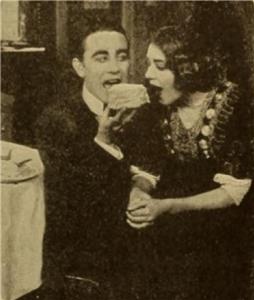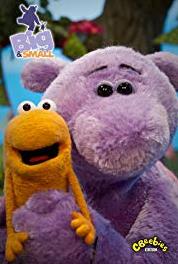The Dream (1911) Online

A loutish husband neglects his patient, loving wife to enjoy a night on the town. When he comes home drunk and irritable, he mistreats her. Then he falls asleep, and has a dream that causes him to reconsider the way that he treats his wife.
| Complete credited cast: | |||
| Mary Pickford | - | Nell Herbert | |
| Owen Moore | - | Will Herbert |


User reviews